“Most of what she knew, she’d learned from the wild. Nature had nurtured, tutored, and protected her when no one else would.”
— Delia Owens, Where the Crawdads Sing
The Harvest gods will soon be knocking at our doors, scythes in hand, sights set on our golden fields (look for Lughnasadh lore later this month!), but not yet - not until we've met July's full moon and tasted her nectar, a blend of changing and untethered passions, a brew stirred by the one who wears the antlered crown.
This month, the full moon rises on July 10th, a few weeks before the first harvest of 2025.
Known as the Buck Moon, Hay Moon, and Thunder Moon, July marks our seventh full moon of the year. In some communities, July's moon marks the seasonal send-off, when balmy, star-speckled nights mingle with the final notes of summer, the feral spells of becoming.
Dirt Witches might already know, but the nicknames for July's moon were inspired by the fields awaiting harvest, the voice of summer storms, and the buck's antlers, which are now full-grown.
Among spiritual communities, the stag's antlers are associated with the Tree of Life and psychic projection, regeneration, and, likewise, resurrection. Peaceful yet protective, in fairy tales, these horned creatures act as mediators between the earthly and spiritual realms. While the stag embodies strength and independence (traditionally viewed as masculine characteristics), this creature is part of an elegant, nimble, and cunning species. Some suggest that the mythological stag is actually a horned doe, perhaps a reindeer, one of the few Cervidae species in which females carry the antlers, a crown of bone.
In folklore and stories from around the world, goddesses such as the Gaelic Cailleach, Germanic Frau Holle, Roman Diana, and Greek Artemis were often associated with horned deer. Frau Holle would ride atop the creature's back, the Caillach had hooved feet, and Artemis transformed into a doe to evade enemies.
In the Scottish highlands, deer were rumored to be fairy cattle, shepherded by winged spirits and witches. Legend says that the Fae Folk milked their sacred animals under the cover of night, a practice immortalized in lullabies.
In the forests of ancient Greece, Artemis kept watch in sacred groves known as deer gardens. Theorists suggest that the name of her grove alludes to the goddess's annual hunting of the Stag King (similar to tales of the Horned God from Pagan lore), but it's not hard to imagine Artemis as a guardian of fairies.
“Many of the earlier representations of Artemis show her as a winged goddess, such as the image depicted on the Francois Vase and on a gold necklace found on Rhodes. In both these images, she is shown as Potnia Theron, the Lady of the Beasts.”
Artemis: Virgin Goddess of the Sun, Moon & Hunt, Sorita d'Este
Ruler of the mountains and wild land, Artemis is the daughter of the wolf goddess Leto and the Olympian Zeus. Twin to Apollo (she acted as midwife to her mother during his delivery), Artemis is also a guardian of the moon and a protectress of women and children. Clever, capable, and fiercely independent, Artemis unintentionally acquires admirers near and far. Much to her would-be suitors’ chagrin, Artemis refuses any semblance of a traditional partnership, instead relying on her nymphs, hounds, and coven of feral, antlered friends for companionship.
Artemis was fierce; she was the guardian of fairies and women, and most importantly, the wild self. However, despite her independent nature, not everyone respected her boundaries.
The Myth of Artemis & The Aloadae Giants
Sons of Iphimedeia, a Thessalian princess, and Poseidon, god of the sea, the Aloadae Giants were struck by the beautiful goddesses who lived atop Mt. Olympus. As the story goes, one brother, Otus, loved Artemis, while the other, Ephialtes, longed for Hera. Eventually, their infatuation became so intense that they devised a plan to storm their castle and kidnap the two women. Against all odds, the giants succeeded.
The Aloadae giants were strong and resilient. They crafted stairs to the Olympian peak by grabbing nearby mountains and arranging them as stairs. And when Ares met them at the heavenly threshold, shield drawn, the giants lured and trapped Ares inside a bronze jar.
Ares raged in his tiny prison, but he could do nothing. And after 13 months of being pursued by the giants, Artemis acquiesced and offered Otus her hand in marriage in exchange for Ares’ release. But once Ares walked free, Artemis shapeshifted into a horned deer and raced between her captors. The brothers, who were excellent hunters, grabbed their bows and shot two arrows at the doe.
The moment they released their arrows, the creature dashed between the men. Instead of hitting the animal, Otus’s arrow connected with Ephialtes’ chest and Ephialtes’ wayward arrow pierced his brother’s heart. Both giants perished moments later.
And what of goddesses?
Naturally, Hera returned to her sacred gardens, which her priestesses had dutifully tended to in her absence. And Artemis? She never stopped running until she reached the wooded temple within her beloved mountains.
In Chapter 6 of the Pointy Hat Press podcast, The Deer in Fairy Tales, Caitlyn brings in some words from Gemma Gary’s Traditional Witchcraft: a Cornish Book of Ways, about the horned god, a goat-deity, that goes by the name of Bucca:
“The ability to work with ‘spirit force’ and the serpent, and indeed to better detect and perceive such things, requires the witch to enter a state of mind which takes the consciousness slightly ‘between the worlds,’ or, as Cornish witches put it, ‘between the horns’ or ‘between the Buccas.’ This has also become known within traditional Craft as the ‘mystery of Becoming’.
The Witch becomes more acutely aware of not only the physicality of their surroundings but the spiritual or ethereal reality of ‘all’, along with a strong sense or realisation that they are connected to and part of ‘all,’ both in spirit and in physicality, to the farthest reaches…”
Traditional Witchcraft: a Cornish Book of Ways, Gemma Gary
Witches wear a crown of bone and moonlight. They know that with maturity comes sovereignty and heightened senses, but also responsibility, sacrifice, and the courage to make difficult choices, many of which alter the world as we see it. At Pointy Hat Press, the full Buck Moon is our invitation to summon the horned women, dash between worlds, and carve wild adventures into our magical paths. This full moon is a reminder that each day, we add a new page to our own mythic quests. The present moment is a fairy tale, a drama orchestrated by the birds and bees, also the critters and the trees, in the temple of the wild, where Artemis’s voice rings loud and clear.
A few creative prompts to reflect on beneath the full Buck Moon:
Beneath this full summer moon, the antlers of…
A feral memory dangling from the stars, it looks like…
I step into my wilderness skin, the trees stir, and…
The stories of wild women, feral friends, and priestesses of the earth have been our muses lately – so we are over the moon to tell you that Pointy Hat Press has a new tale to tell, a new bit of yarn to spin, a new bit of whimsy to weave…







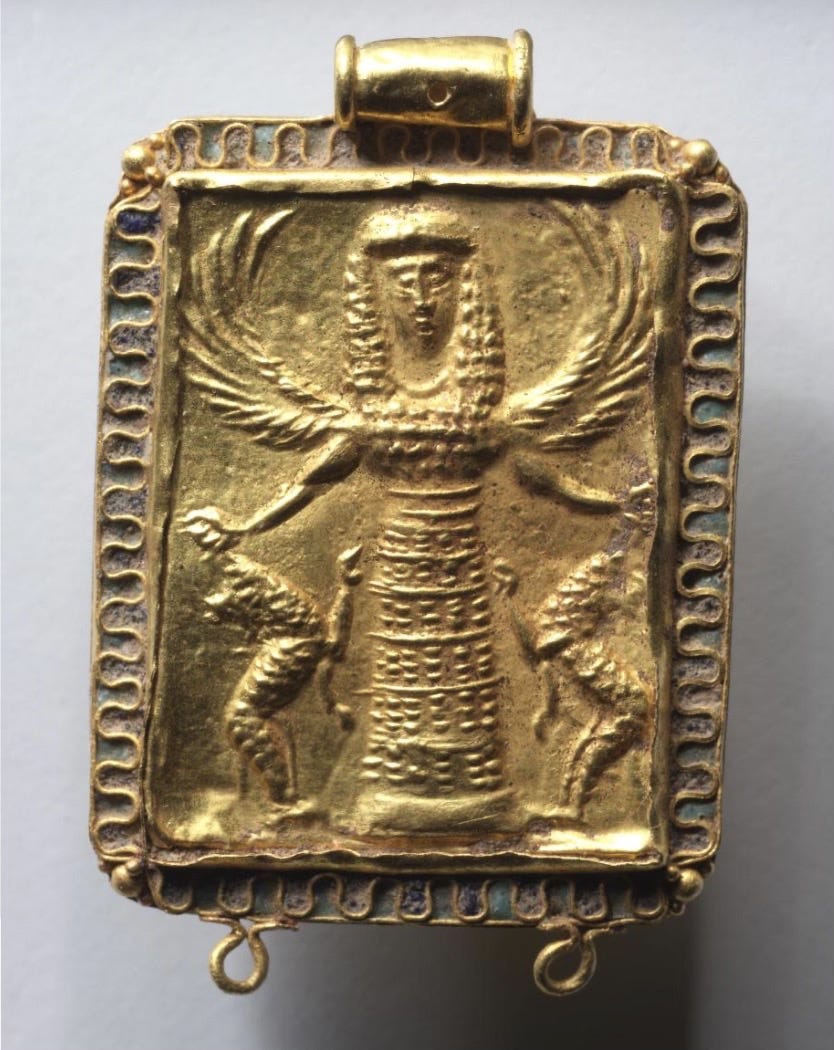

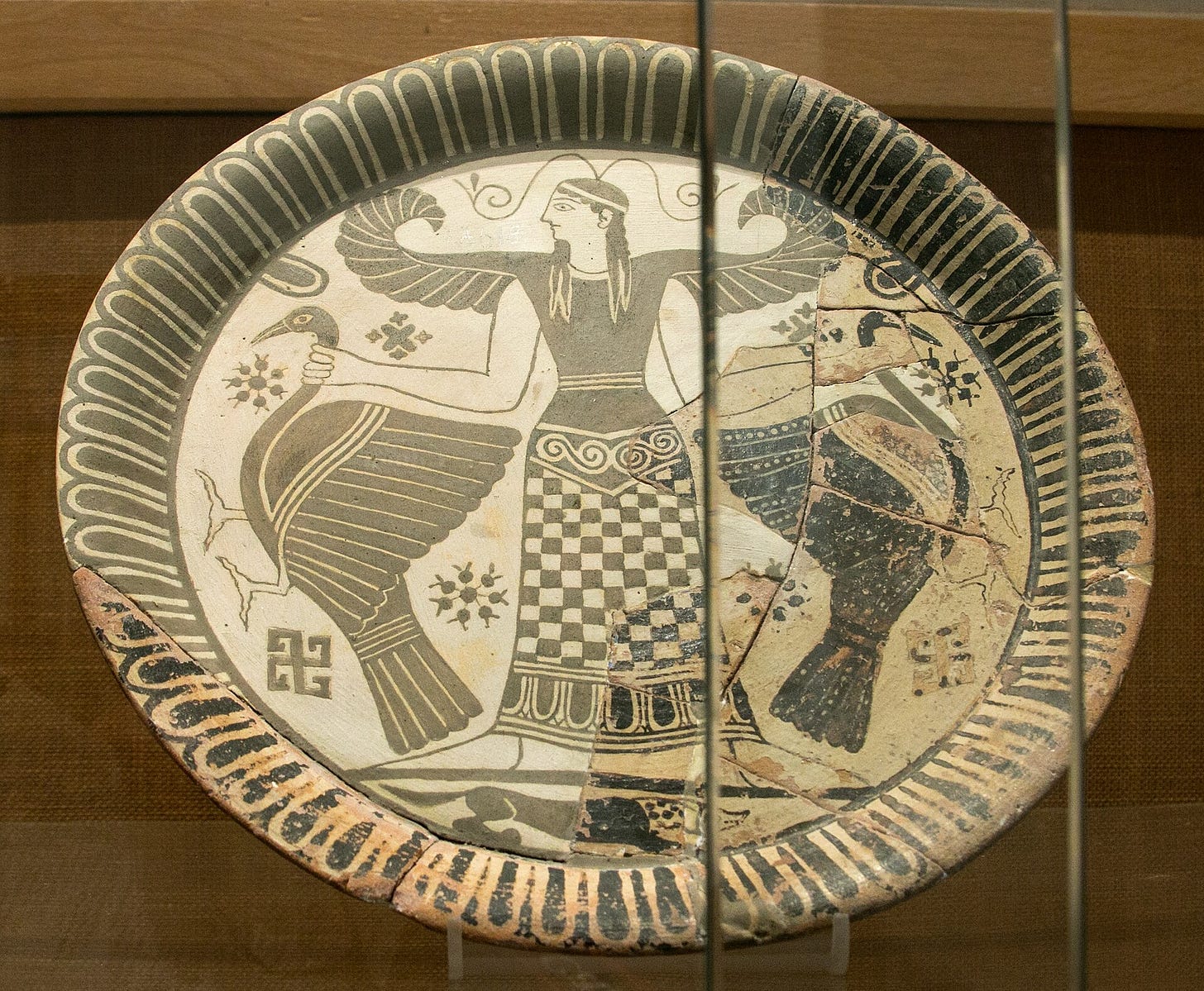

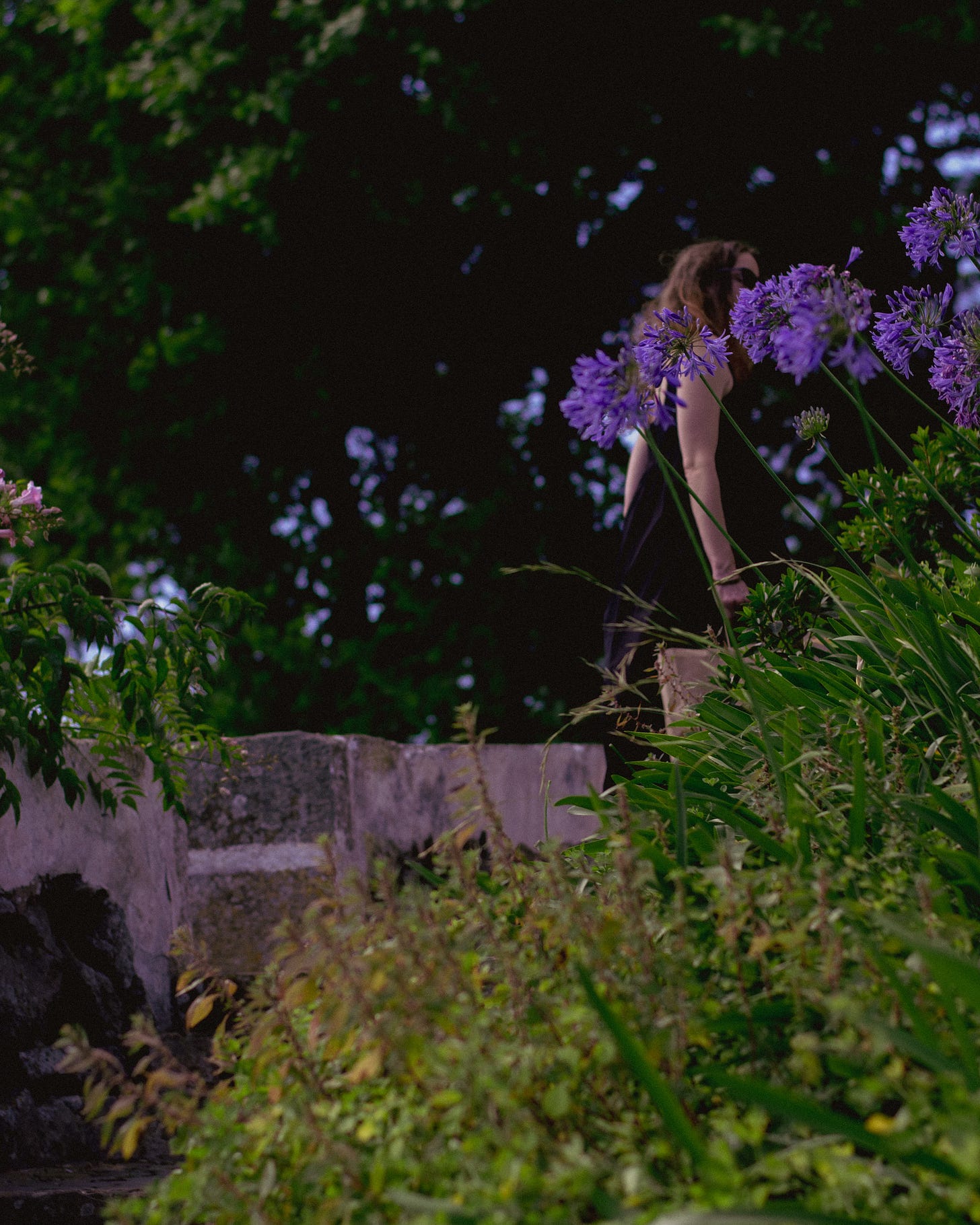

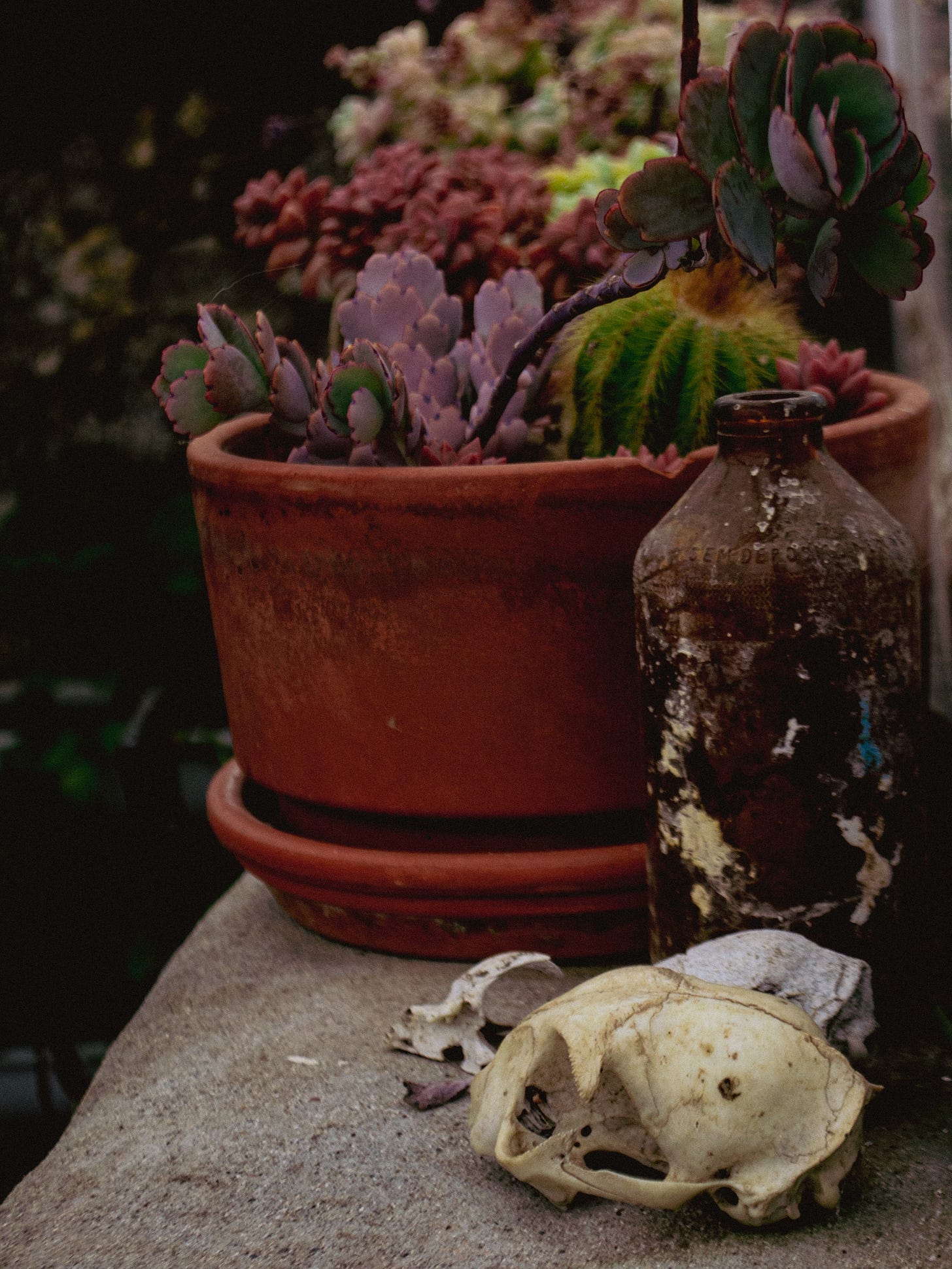

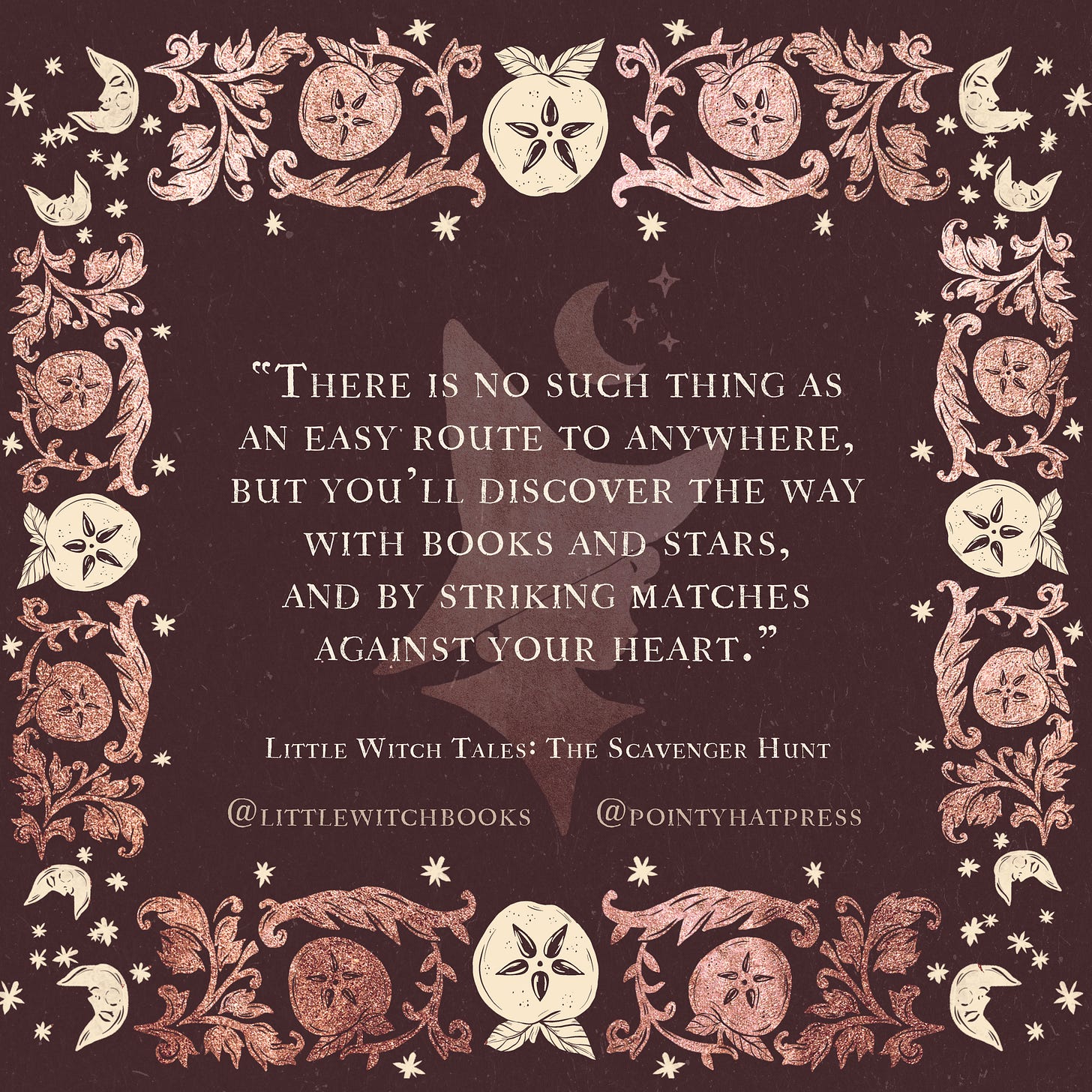

🖤🪞 beautiful post. Blessed 🦌🌑
Thanks for such a thoughtful and informative post. Full moon blessings!